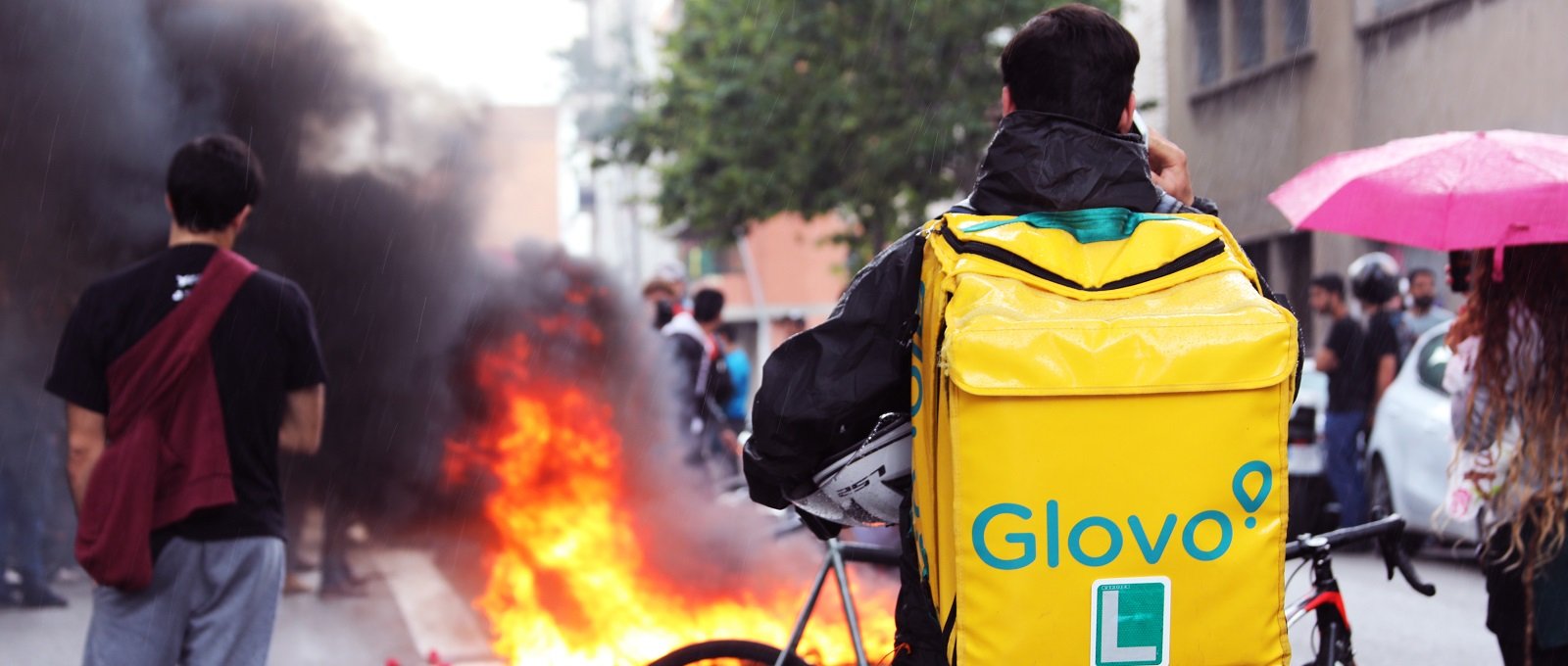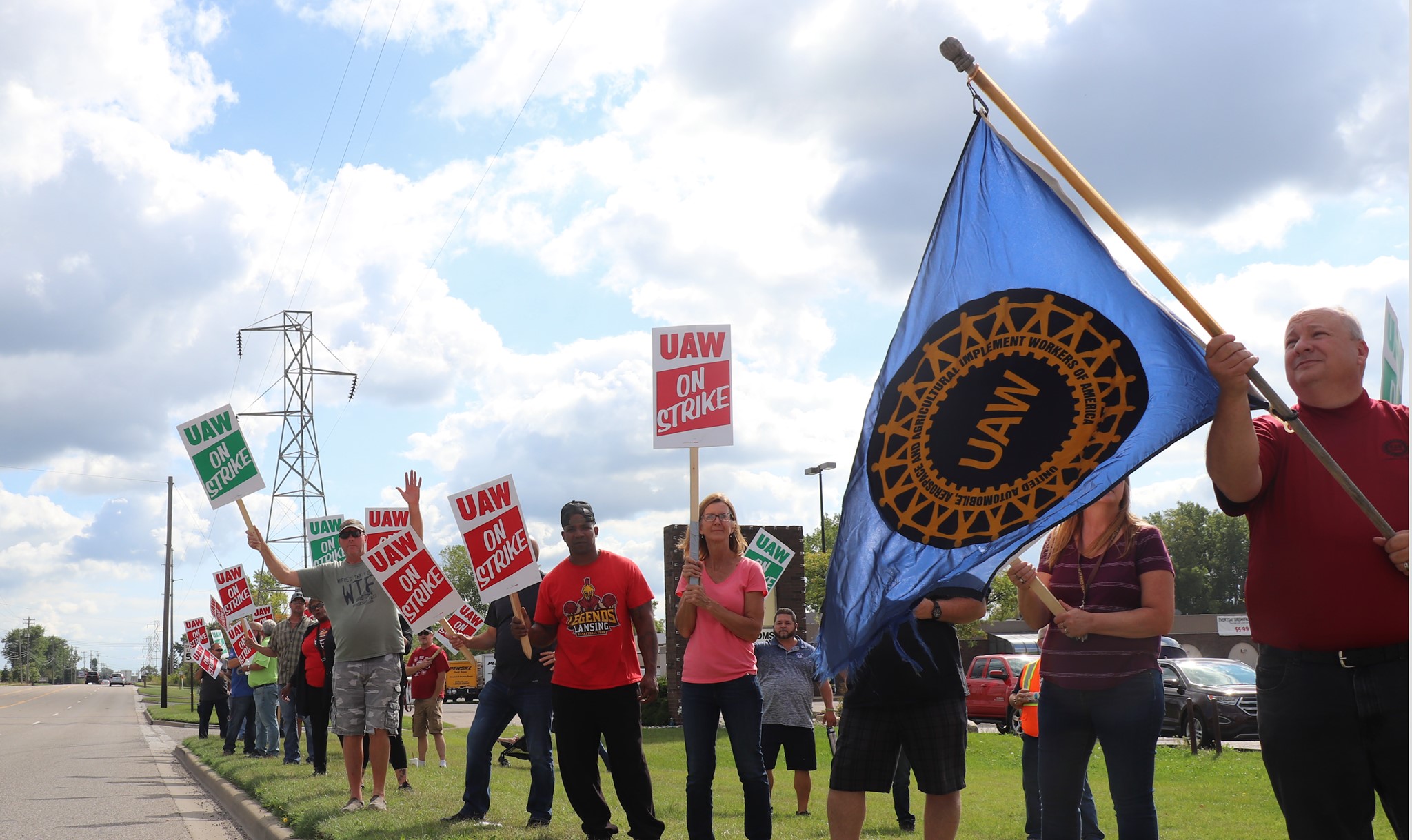Unions oppose discrimination against LGBTQ+ people
The nation’s largest unions and the nation’s largest labor federation both back outlawing employer discrimination against lesbian-gay-bisexual-transgender people – a ban bosses are challenging in top cases at the U.S. Supreme Court.
And the Oct. 8 argument over whether bosses can discriminate against LGBTQ people – including firing them – solely because of their sexual orientation or gender preference isn’t the only big-ticket civil rights case the justices will hear in the next six weeks.
The other will come up in early November, as Comcast challenges the wide-ranging ban on discrimination written into the Reconstruction Era’s 1866 Civil Rights Act and its famous Section 1981, which lets individuals and firms sue against business racism.
And in both instances, the GOP Donald Trump administration is arguing on the other side, for discrimination.
Both issues are important for the future of civil rights and human rights in the United States, which have been frequently under attack by Trump, right-wing Republicans and their ideological think tanks and, in the Section 1981 case, the corporate class.
The tangle over LGBTQ job discrimination will hit the High Court the day after it starts its 2019-20 term. Four separate lawsuits, consolidated into one long hearing, will force the justices to consider whether employers can discriminate against LGBTQ people.
That’s illegal under the 1964 Civil Rights Act’s ban, in its famous Title VII, on employment discrimination based on sex, according to the AFL-CIO, both big teachers’ unions, and a combined brief from the Service Employees International Union, the Teamsters and Jobs With Justice – along with other allies of LGBTQ people.
Title VII also bans discrimination based on race, color, religion or national origin.
The Section 1981 case will come up in November. It outlaws racial discrimination by businesses in making contracts.
Until now, courts inserted one big caveat into Section 1981 cases: What’s called a “but for” clause, meaning that “but for” specific circumstances – namely that but for the fact that the person hurt was African-American – the discrimination would not have occurred.
The 9th U.S. Circuit Court of Appeals in San Francisco took away even that caveat and ruled the 1866 law means what it says and that victims only need to show race was “a factor” – not the factor – to get their day in court after firms didn’t do business with them.
More ...
 INTRODUCTION:
INTRODUCTION:











